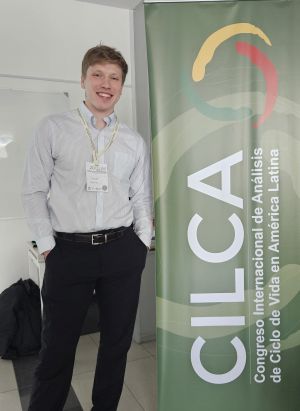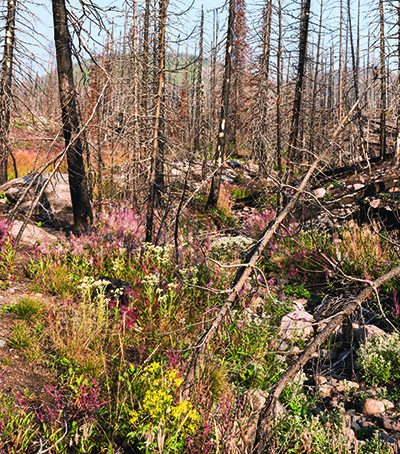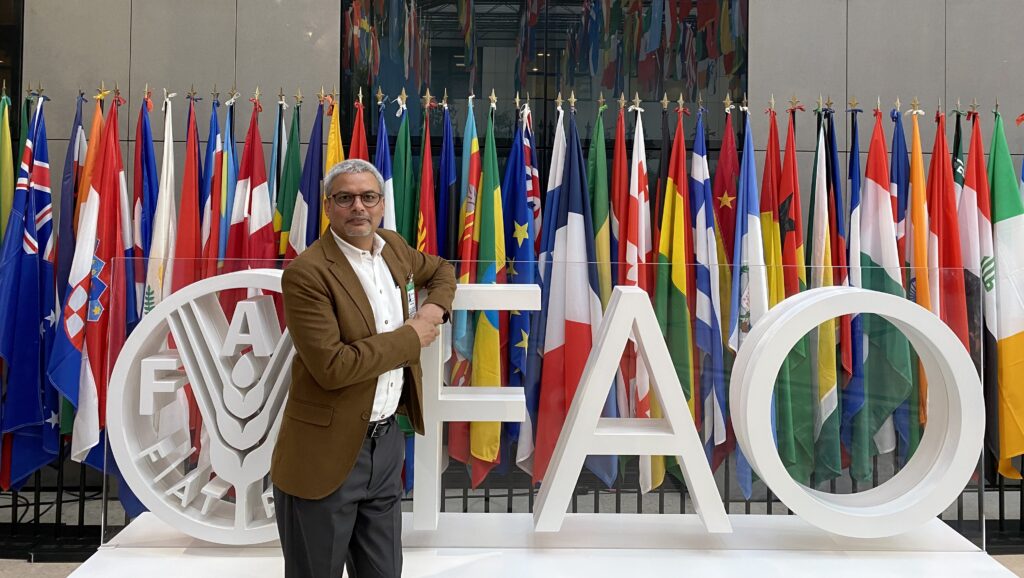
Heesung Woo recently joined the College of Forestry as an Assistant Professor of Advanced Forestry in the forest engineering, resources and management department. He is a dedicated researcher in the field of forestry and information technology, originally from South Korea. He holds two masters degrees, one in forestry and forest management from Kangwon National University, South Korea, and another in forest engineering from Humboldt State University in California, USA. His academic journey has been driven by a keen interest in the application of information and communication technology (ICT) techniques in forestry to enhance data quality and operational efficiency.
Tell us about your background – what drew you to your specialty area?
During my masters programs, I became deeply intrigued by the potential of ICT in forestry. This led me to pursue a Ph.D. in information technology at the University of Tasmania in Australia. My doctoral research focused on value chain optimization through the integrated use of ICT techniques in the forest supply chain. After completing my Ph.D. program, I had the privilege of receiving national research funding in South Korea. This funding allowed me to embark on an exciting project aimed at developing a multi-functional forest vehicle equipped with robotic, LiDAR, and vision sensors. This project aimed to gather crucial data for forest management through advanced technology. My primary and enduring research interest is centered around the development of autonomous forest machinery systems. I am driven to contribute to the advancement of robotics and automation technologies to enable efficient and sustainable forest management. My specific focus involves the design, construction, and optimization of autonomous machines capable of performing various tasks, including tree harvesting, thinning, and transportation.
What courses will you teach / labs will you lead?
Based on my research background and experiences, I want to teach and lead a lab related to forest operation and harvesting, advanced forestry, forest robotics application, ICT and sensors application in forestry, supply chain optimization.
What are your favorite hobbies?
My favorite hobby is cooking. I am happy to share my food with my family and friends.
Anything else you would like to share?
Currently, there is a significant demand for ICT applications in forestry. Drawing from my research background, I possess a strong foundation in both forestry and ICT technologies. I aspire to serve as a valuable bridge between the realms of forestry and ICT.









